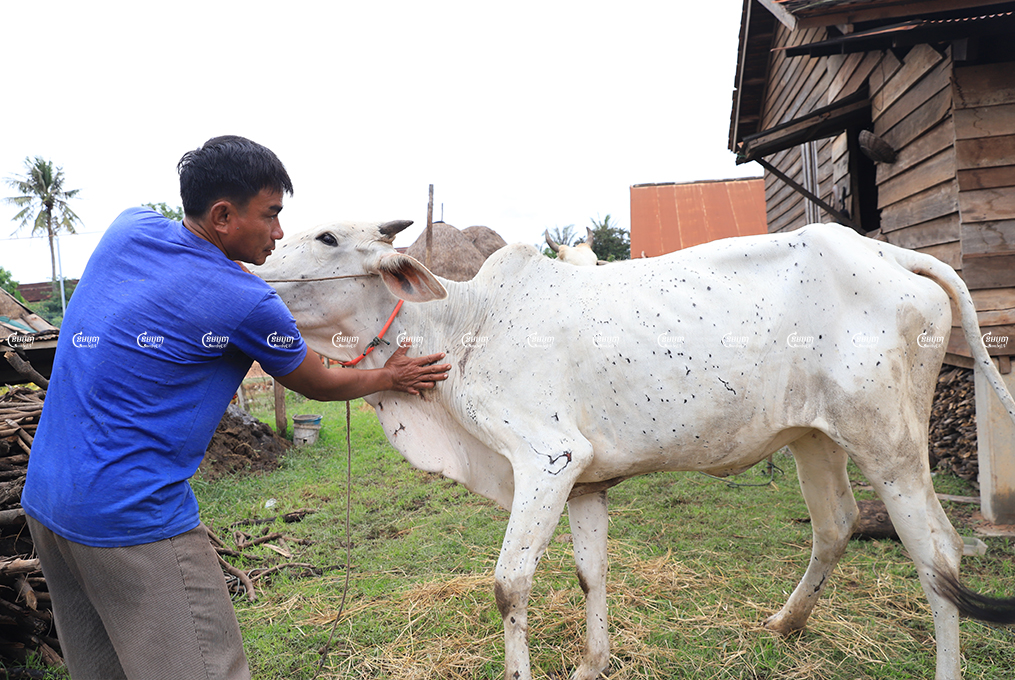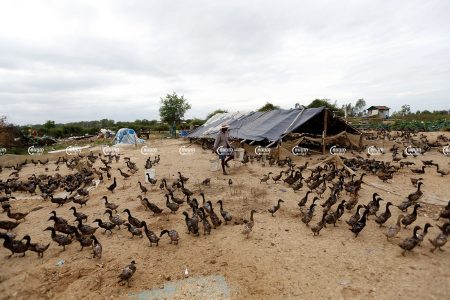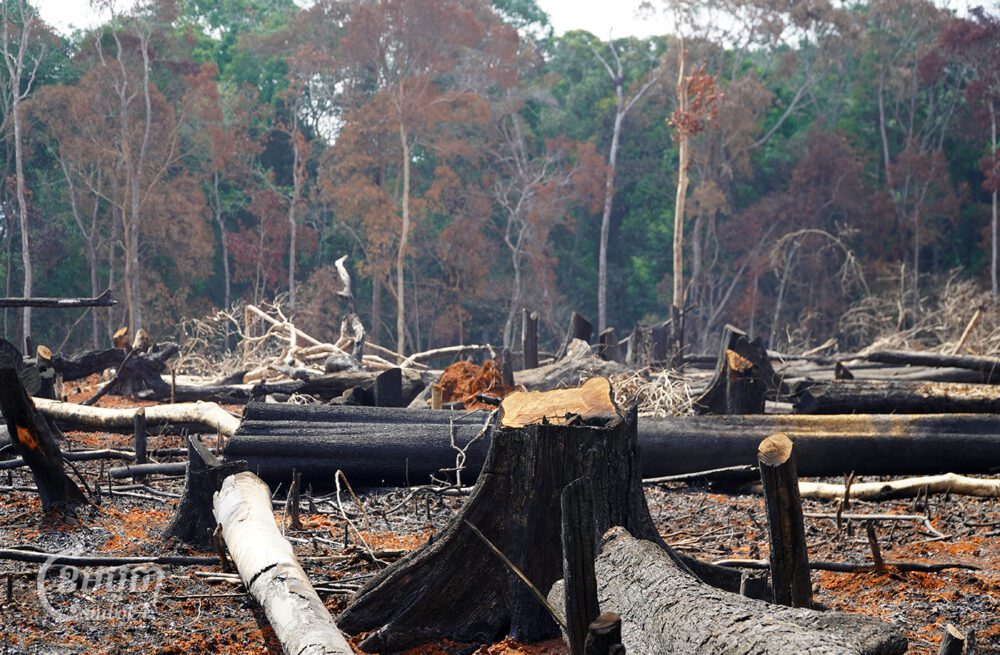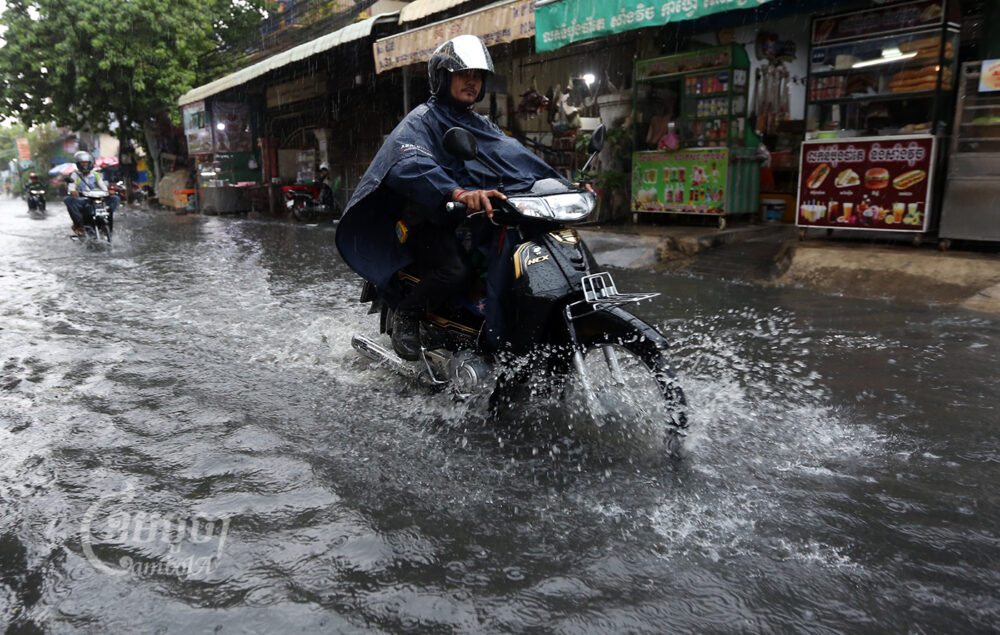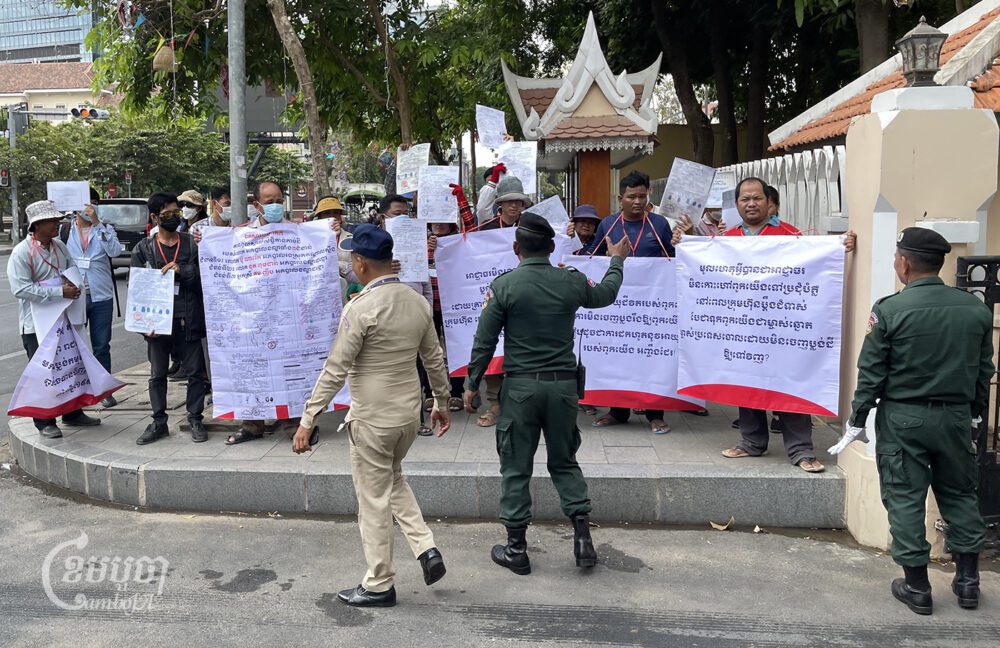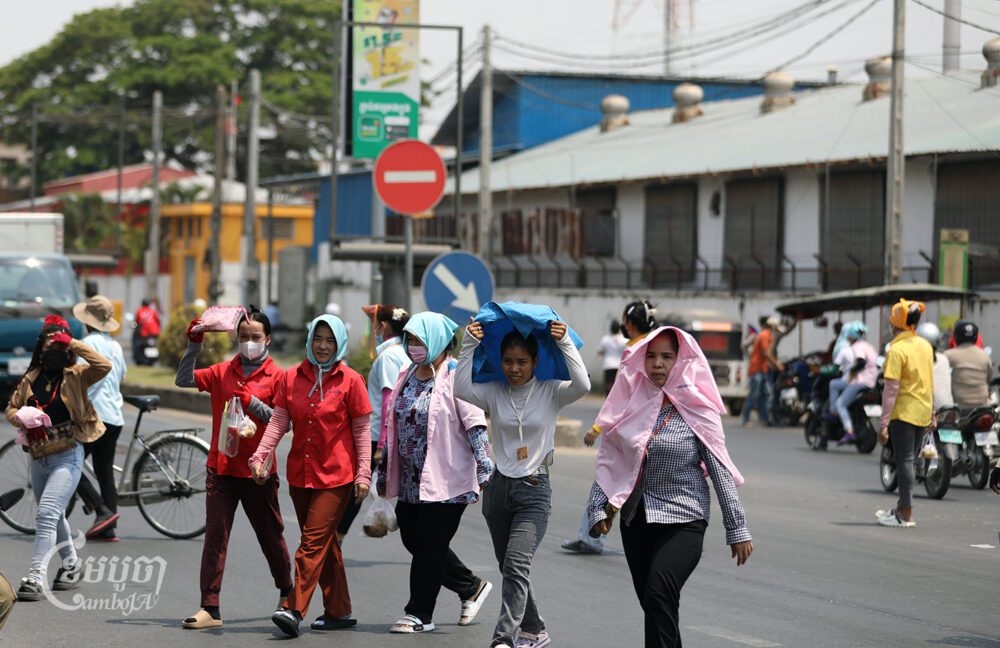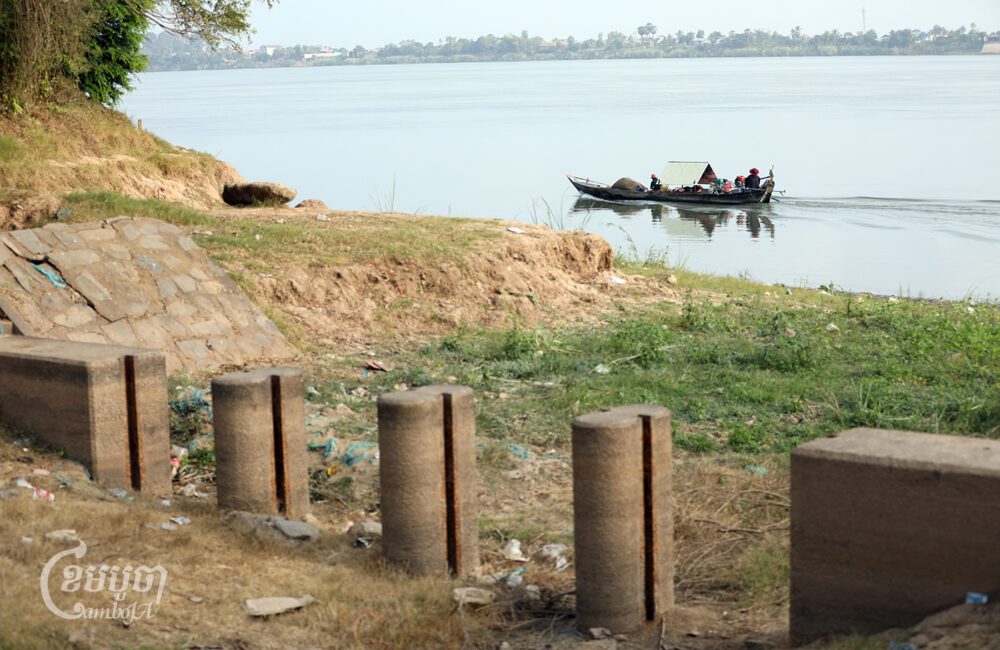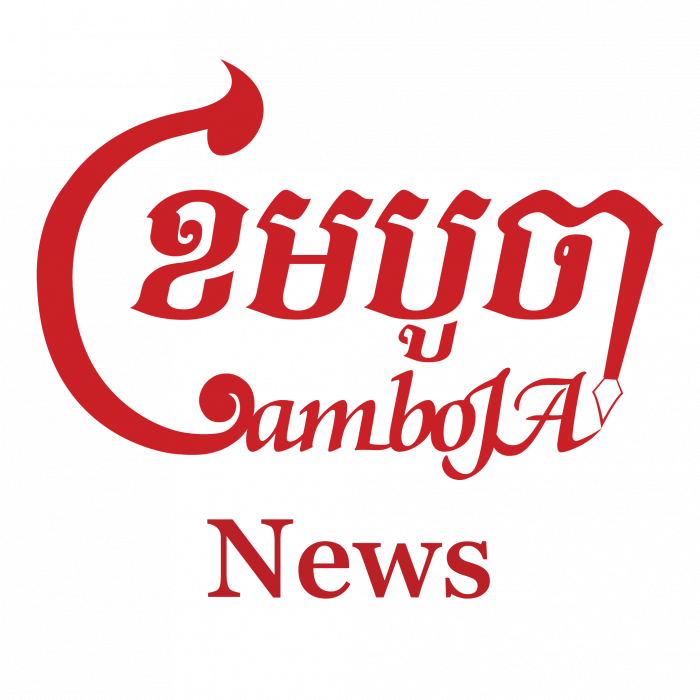Nearly 40,000 cattle and buffaloes have reportedly been infected with a virus called lumpy skin disease (LSD) within three months across Cambodia, an outbreak severely affecting farmers and others in the livestock sector now struggling with sick animals.
Sun Ros, a farmer in Prey Veng province’s Mesang district, said 14 of her cattle have been infected with (LSD) for two weeks. One has died and the remaining 13 are being treated with a mix of traditional and modern veterinary methods.
“If I want to sell cows, it is difficult to do so because they are so cheap. There are no cattle traders now, and beef butchers do not dare to buy and sell them,” she said of her sick stock.
Nobody would buy her infected cow after it died, she said, and so her family dried the beef into jerky and gave it away to whichever neighbors dared to eat it.
According to a report by the Ministry of Agriculture, Forestry and Fisheries, Cambodian cattle began to develop lumps in early June. The disease first appeared in Preah Vihear and Oddar Meanchey provinces, and was later found in provinces along the Thai border.
As of August 29, there were 38,665 cases of LSD infection among cattle in 158 districts. The ministry reported 55% of these cattle have recovered and 44% were still sick and being treated. The remaining 1%, which were mostly calves, died.
Nou Vonika, director of the Agriculture Ministry’s Department of Animal Health and Public Health, said his office had launched a cattle vaccination campaign to counter LSD. The campaign has now provided 20,000 doses across 25 provinces and municipalities. About 30% of those doses have already been used, Vonika said, and vaccines can only be given to animals that are not currently infected with LSD.
“The important thing is that the disease is caused by a virus, so there is no direct cure, but we can support [a diseased cattle] so that it does not get worse over a period of time until it is recovered,” he said.
It doesn’t appear that humans have been infected with the virus by eating animals that die of LSD but Vonika still said such animals should not be consumed.
Meng Santepheap, director of Kampot province’s animal health and production bureau, said the virus can be transmitted quickly from one animal to another. Besides causing the lumpy rash from which the disease gets its name, LSD infection also causes a range of other symptoms and weakens the cattle immune system. Overall, the severity and duration of the infection depends on the animal’s health.
Santepheap said the province is conducting a vaccination campaign that started early of September in Angkor Chey district and will continue throughout Kampot province.
“In terms of technical work, we have managed a lot. For this vaccine, we have just received it, and 25 provincial capitals just started a campaign last week for vaccination,” he said.
He added that farmers can’t rely on vaccines alone and should use disease management and hygiene measures to prevent transmission of the virus.
Tun Kompheak, a farmer in Kampot province’s Chhouk district, said three of his five cattle developed the LSD rash, which came with other symptoms such as swelling of the legs and refusal to eat.
“This year will be a huge loss,” Kompheak said, explaining that a trader had offered him only $250 for a cow that died of LSD. “[I] have tried to take care of [the cow], wasting energy, money and time. It was useless.”
He added that a healthy head of cattle can cost $1,000, but its price is greatly reduced by infection from LSD while the cost of treatment is expensive. Selling cattle affected by LSD fetch prices that are insufficient to cover the costs of treatment.
Neth Cheat, a farmer in Takeo province’s Traing district, said he had six cows that had been infected with LSD for two weeks. For treatment, the cost of injections and pills has been roughly $500, about $83 per cow.
“Now it is very difficult to spend money to maintain them, costing me both time and labor while the price of cows has fallen. I almost do not want to raise them anymore.” he said.
He explained that traders had previously paid him $1,250 per head of healthy cattle, but now he can only find a price of $750, even if the animal is not sick with LSD. Cheat says that’s not worth the price he paid.
Ouk Vantha, a private veterinarian in the Kirivong district of Takeo province, said antiviral drugs can be used to reduce symptoms of LSD but cannot cure the virus, which he explained can be spread directly between cattle or by mosquito transmission. Vantha also questioned if the vaccine will be properly registered with the correct ministries, stating that the importer of the drug has said this type of vaccine requires many injections.
Nhip Srun, director of the Takeo provincial Agriculture Department, said he had disseminated preventive measures in the affected districts, including Kirivong, Tram Kak and Bati, where 600 cases and no deaths had been reported. As for the measures, the farmers have been instructed to keep cattle pens clean. Authorities have also distributed mosquito nets to households to prevent bites from insects that may be carrying the virus.


